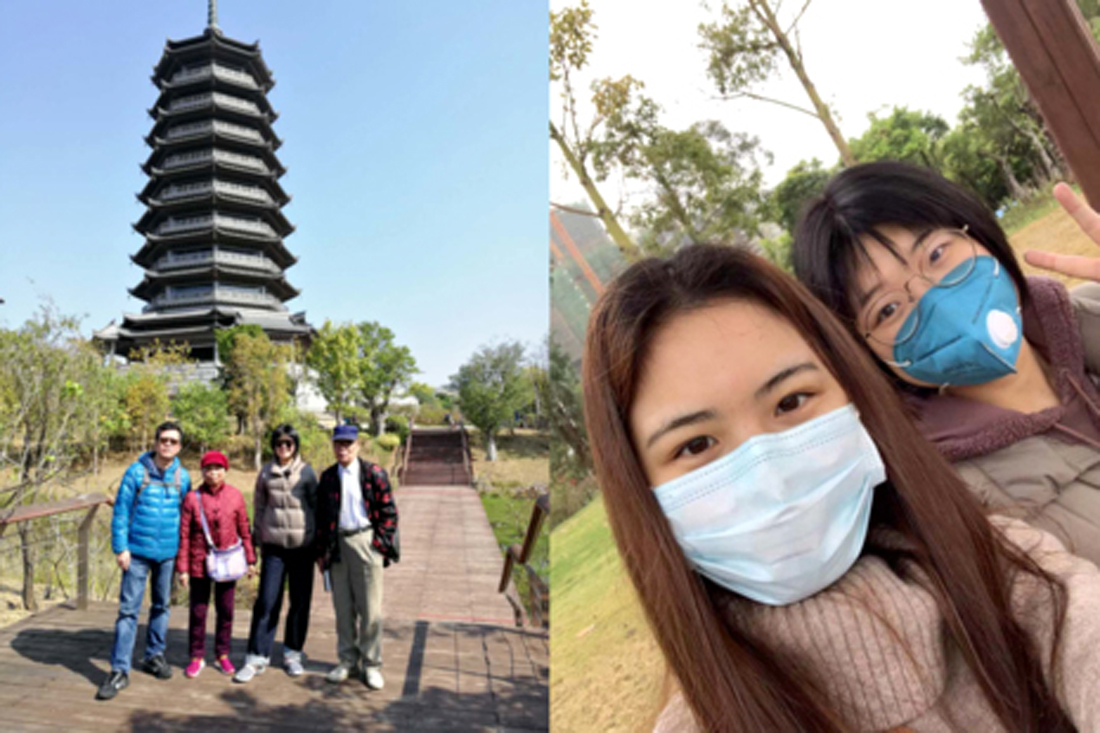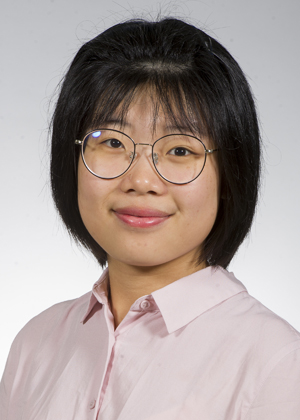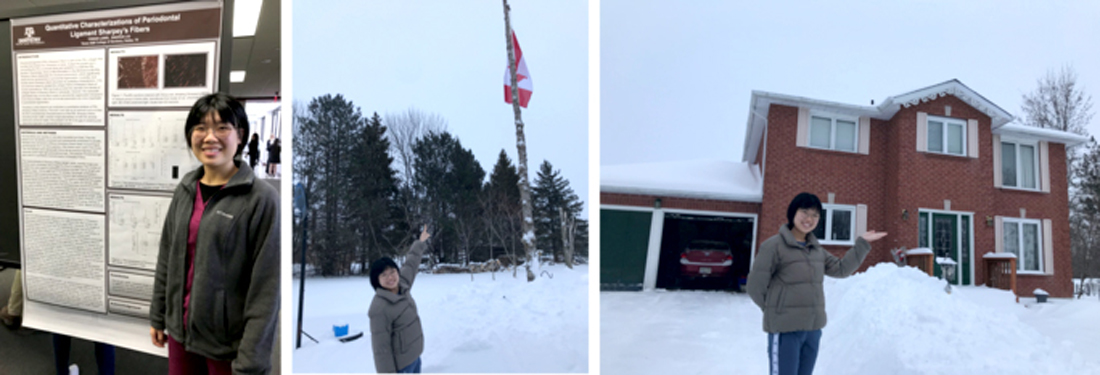Surreal double quarantine

Ph.D. student Yongxi Liang’s Chinese New Year celebration quickly went from a cherished holiday to a vexing multicountry, two-quarantine odyssey.
Just two weeks into her 2020 semester at Texas A&M College of Dentistry, Liang caught a flight Jan. 22 for a long-planned trip to China. Once at her parents’ home in Nanning, Guangxi province—a 12-hour drive to Wuhan, where she graduated from college in 2017—Liang realized her timing couldn’t have been worse. During her flight, Wuhan had started its lockdown to battle novel coronavirus COVID-19.
“If it was locked down one or two days earlier, I would have realized the seriousness of that, then I may not have gone to China,” she says.
All the while, she kept tabs on the bad news coming from Wuhan, epicenter of COVID-19.
 Liang tried to enjoy visiting with her parents, grandparents and friends, but as her Feb. 9 departure approached, she grew concerned about her travel plans. She originally scheduled her departure to coincide with the end of the Lantern Festival, which marks the end of the Chinese New Year celebration.
Liang tried to enjoy visiting with her parents, grandparents and friends, but as her Feb. 9 departure approached, she grew concerned about her travel plans. She originally scheduled her departure to coincide with the end of the Lantern Festival, which marks the end of the Chinese New Year celebration.
When Liang started hearing about travel restrictions, she searched for more information. She joined a WeChat group with others who were also trying to get back into the U.S. Entry was now restricted for any non-U.S. citizens who had been in China for the past 14 days.
“We thought it may be feasible if we would go to another country and stay there for 14 days, then come back to the U.S.,” she says. “Some people in this chat group went to other countries with no travel restrictions as soon as possible, like Japan, Thailand and Canada.”
Liang chose Canada, not only because she had a Canadian visa but because her parents had a high school friend who lived 70 miles outside of Toronto. The family offered to host her for the two-week quarantine period. Liang had no COVID-19 symptoms.
“We thought it would be better if I could stay at some friend’s home, rather than live in a hotel or Airbnb by myself,” she says.
So Liang flew from Nanning to Shanghai, then continued on to Toronto. Her host family showered her with great hospitality, which made the next two weeks fly by.
“They drove me from and to the Toronto airport, bought lots of food for me, showed me around the small city. I have lots of appreciation for them,” she says.
On March 8, Liang boarded a flight to Dallas. She had hoped to return to school, but Texas A&M University policy required that she self-quarantine again for another 14 days.
Liang never experienced any symptoms of illness, and she was more than ready to return to school when her second quarantine finally ended on March 22. However, that did not happen.
“The stay-at-home order started, so I keep staying at home now,” she says.
The school moved all courses online after spring break ended on March 23. Remote instruction continues at least through the end of the semester.
Liang says she is still somewhat in disbelief that her surreal adventure hasn’t ended.
“When I was in China and Canada, I thought it would be OK after I got back to the U.S., but now we are still struggling,” she says.
She looks forward to returning to her role in Dr. Xiaohua Liu’s biomedical sciences lab, she says, doing “interesting and fascinating tissue engineering research.” A normal, typical day would be nice for a change.
In the meantime, she plans to write her thesis proposal, read, summarize previous experiment data and prepare her next publication. For fun, she likes to exercise, especially Zumba and other cardio.
